Figures

Figure 1. Enhanced sector model of cerebral circulation with the following 13 sectors: right and left middle cerebral sectors (RMC and LMC sectors), right and left anterior cerebral sectors (RAC and LAC sectors), right and left posterior cerebral sectors (RPC and LPC sectors), basilar sector (B sector), vertebral sector (V sector), right and left extracranial sectors (REC and LEC sectors), right and left subclavian sectors (RSUB and LSUB sectors), and abdominal aorta sector (ABD sector). The dashed lines represent the anastomosis between anterior cerebral sectors and middle cerebral sectors, and between posterior cerebral sectors and middle cerebral sectors.
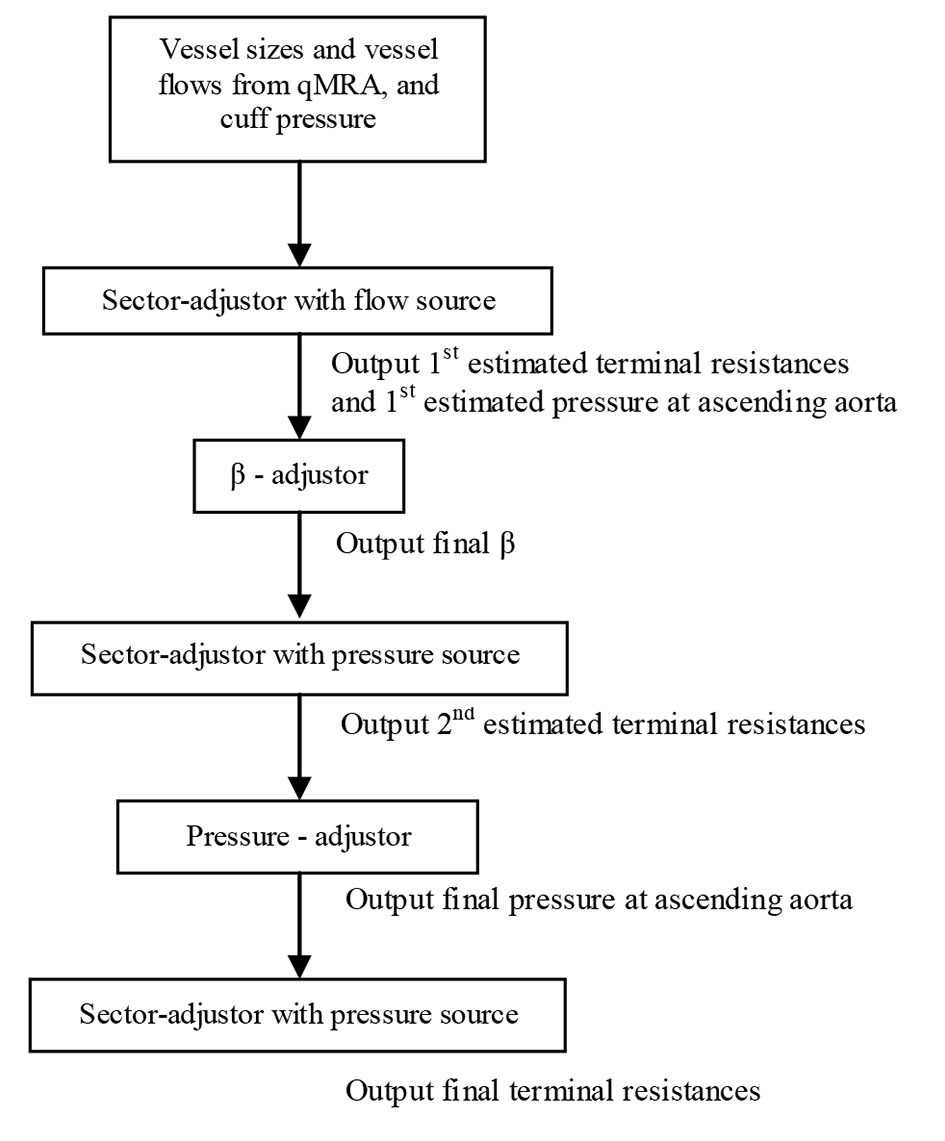
Figure 2. Multi-staged algorithm.
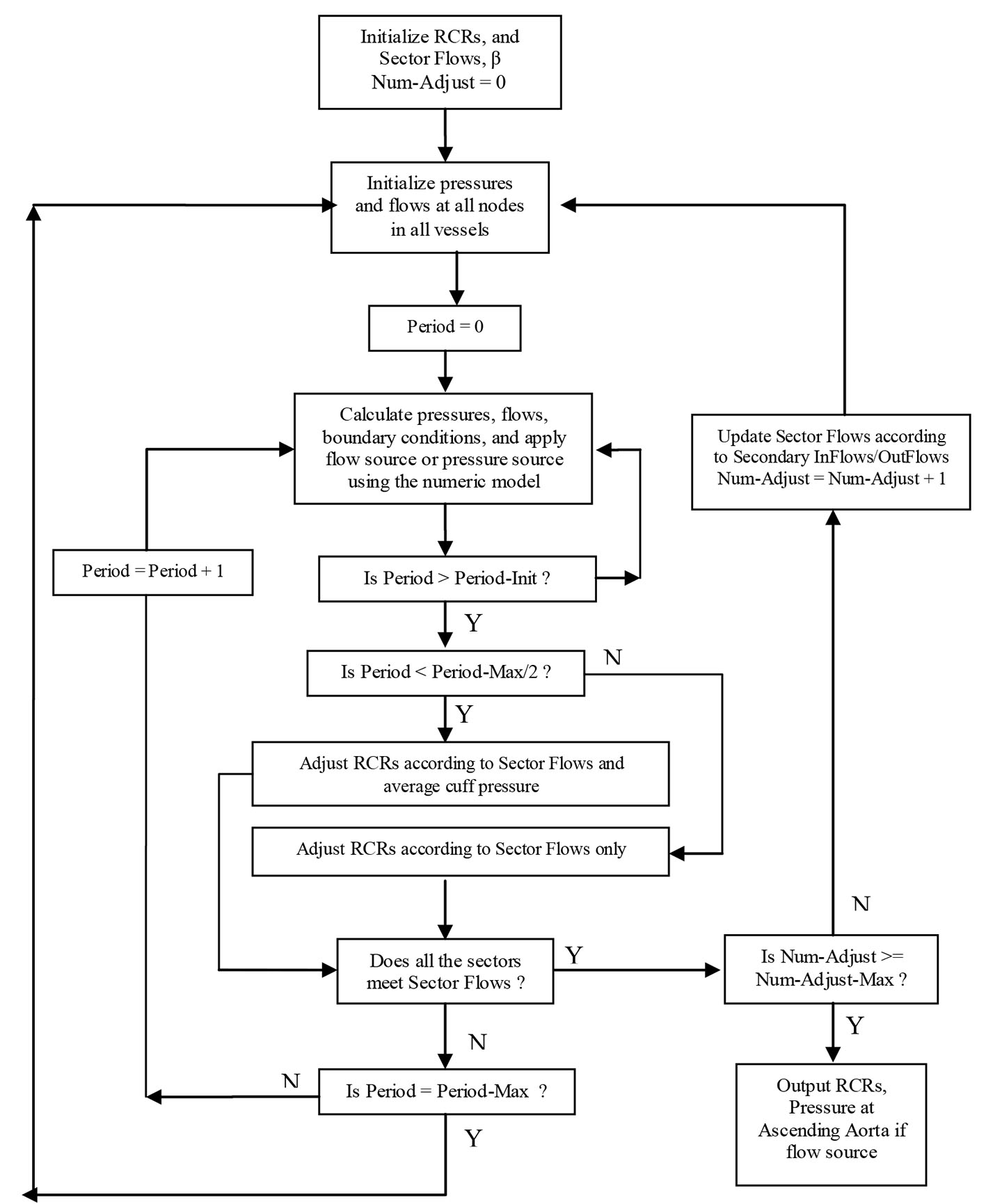
Figure 3. Sector-adjustor with flow source or pressure source (Period-Init: 10, Period-Max: 100, Num-Adjust-Max: 5).
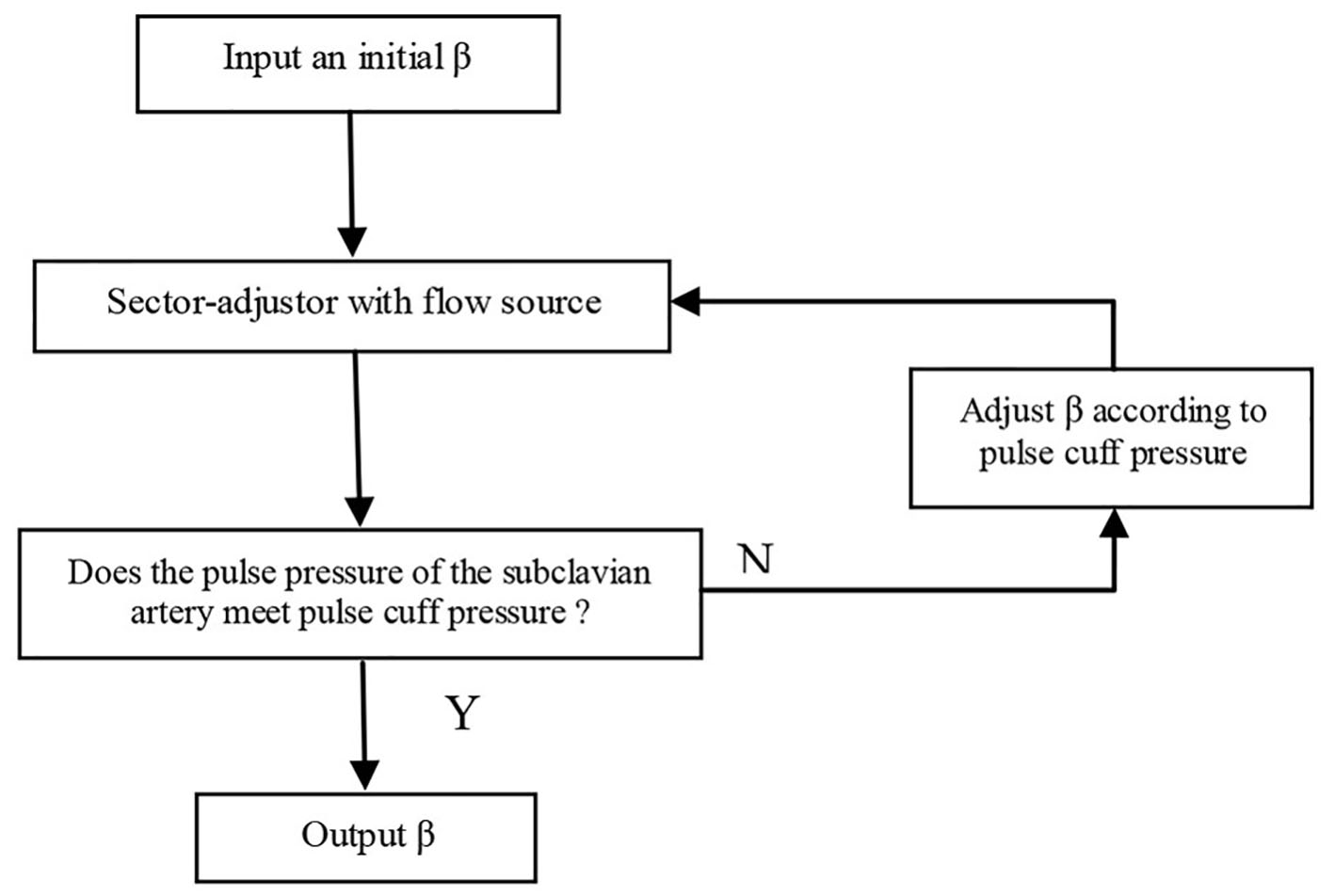
Figure 4. β-adjustor.
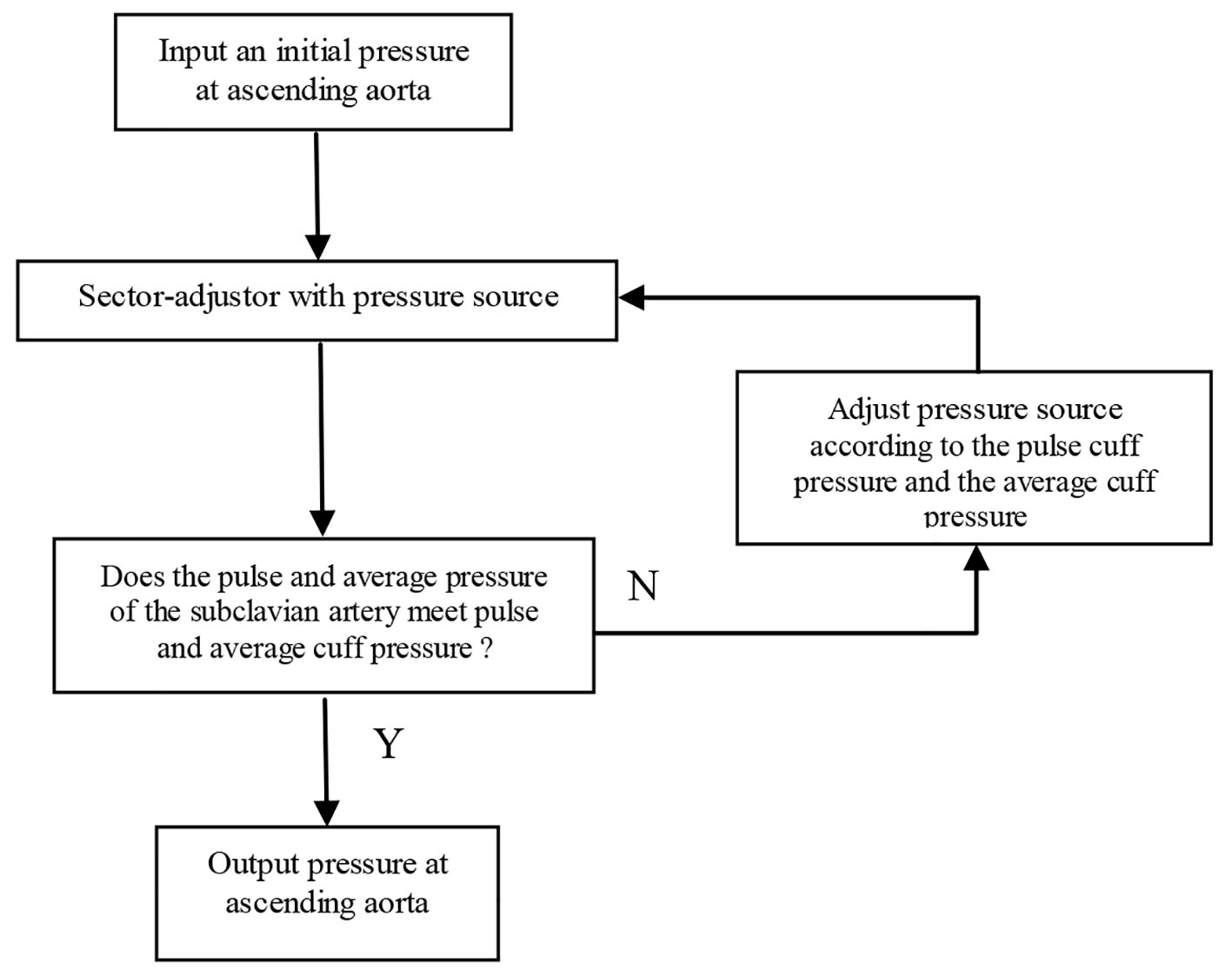
Figure 5. Pressure-adjustor.

Figure 6. 3D surface rendering for patient 1.
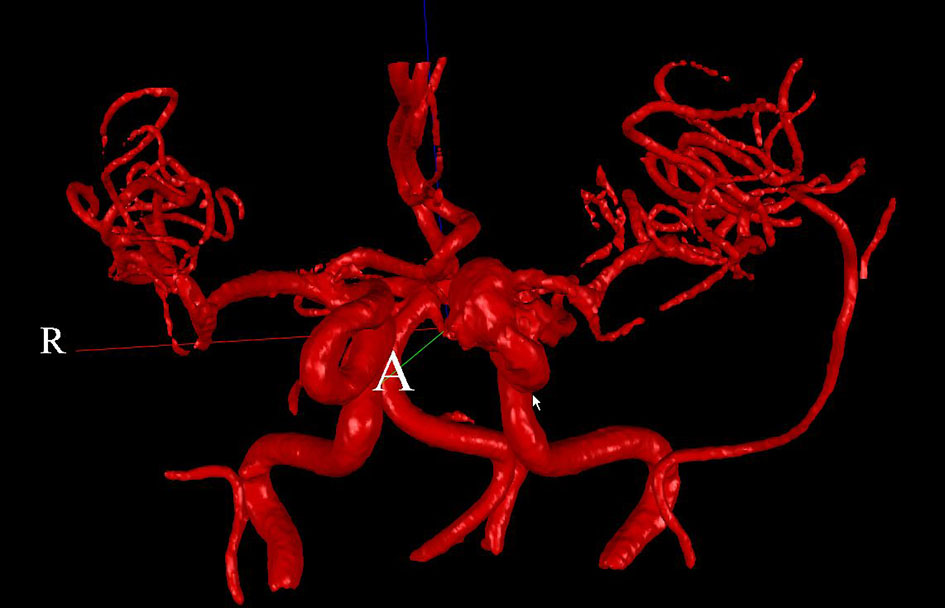
Figure 7. 3D surface rendering for patient 2.
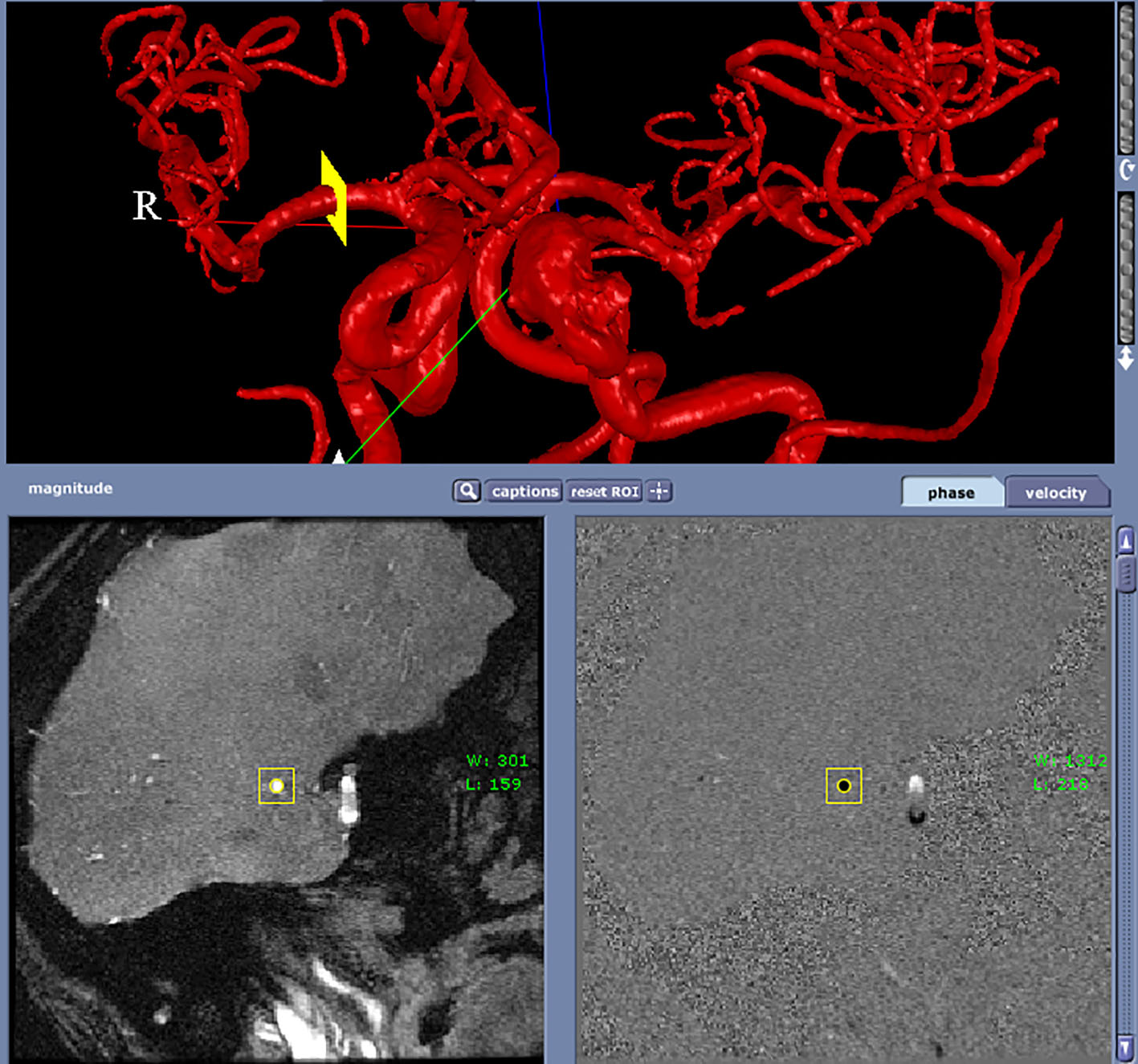
Figure 8. A perpendicular scan plan to the vessel flow direction (RMCA) in the 3D surface rendering and the phase contrast magnetic resonance images acquired using the scan plan.
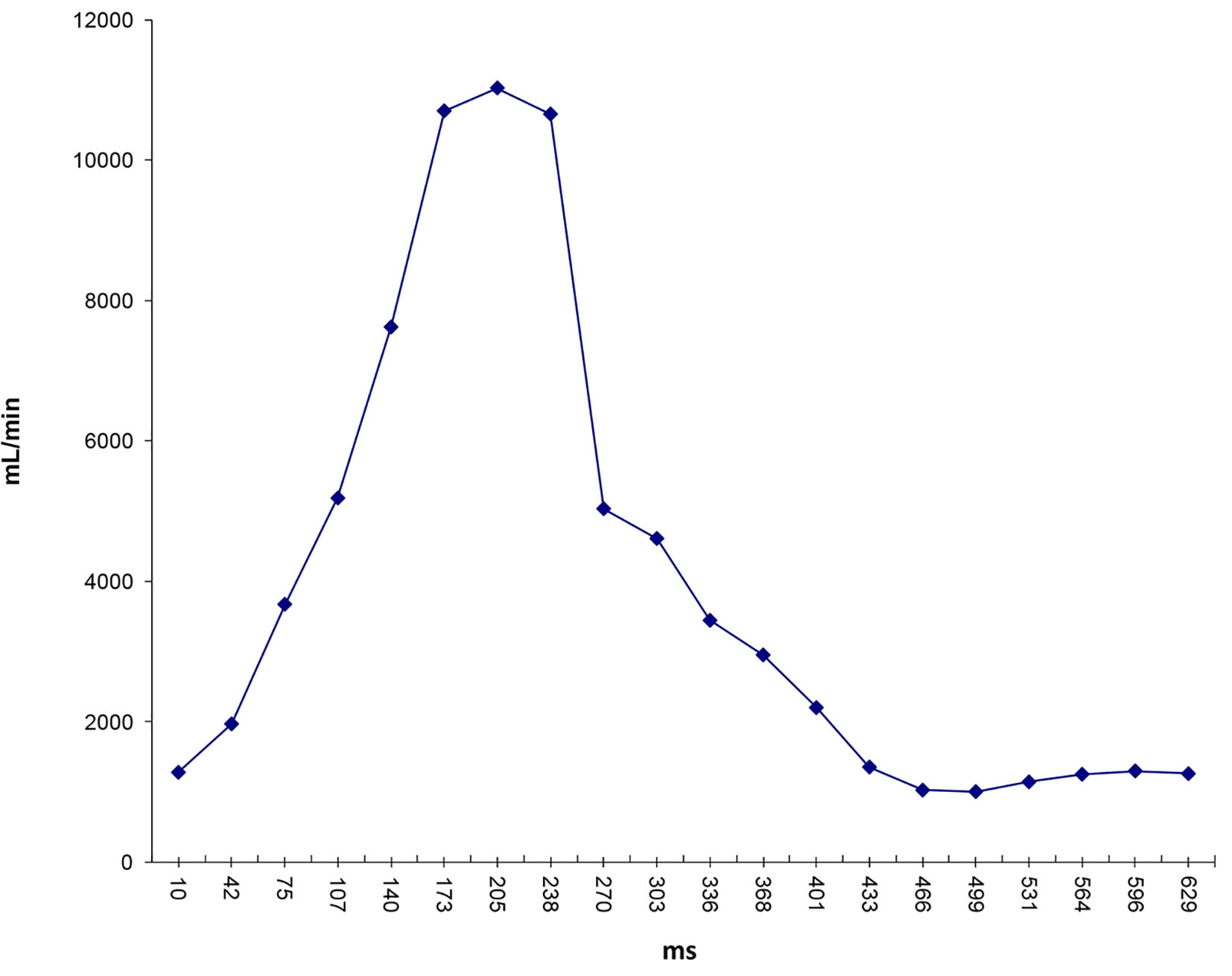
Figure 9. Flow waveform at ascending aorta measured from qMRA for patient 1.
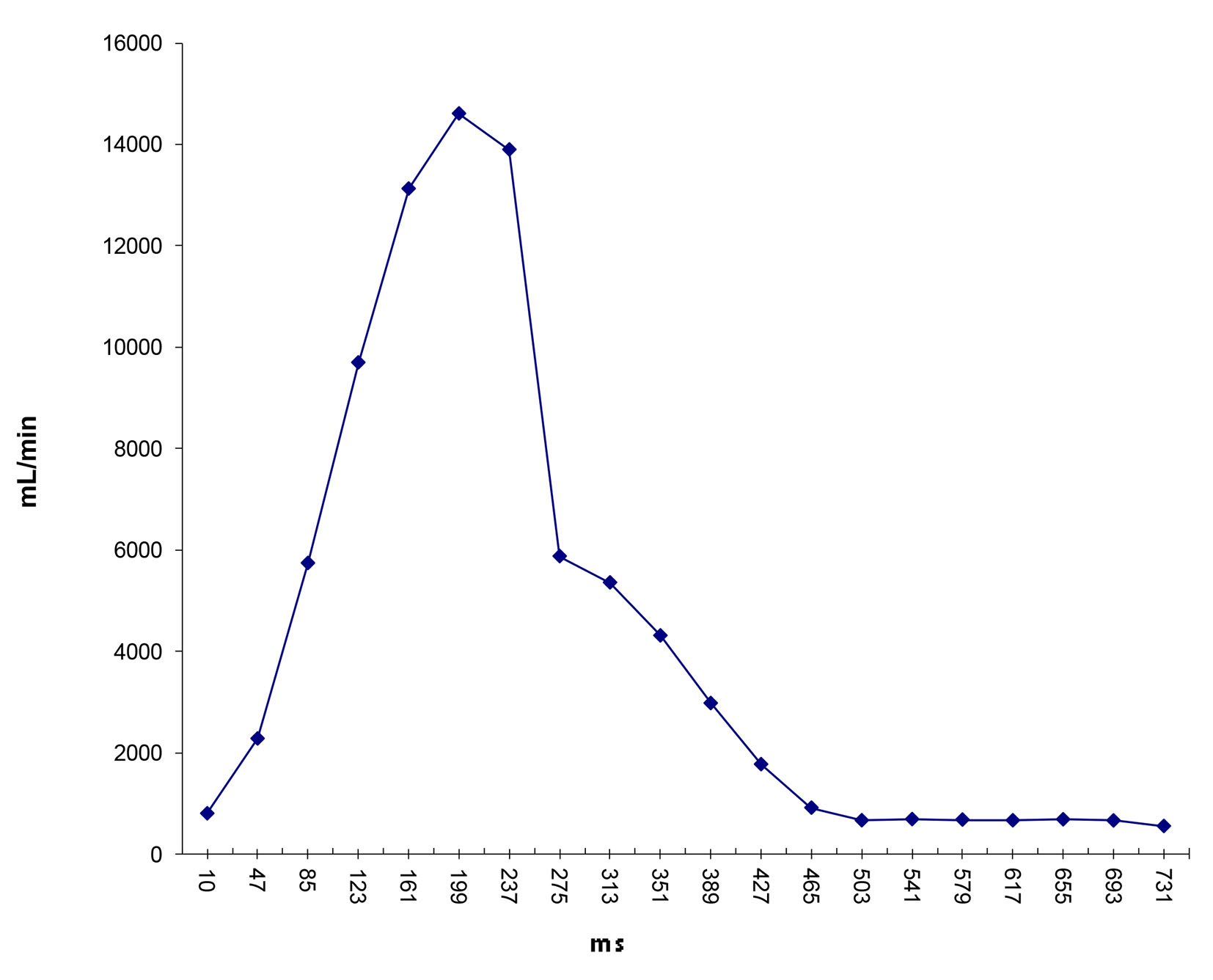
Figure 10. Flow waveform at ascending aorta measured from qMRA for patient 2.

Figure 11. Pressure waveforms: catheter-transducer vs. simulation for patient 1.
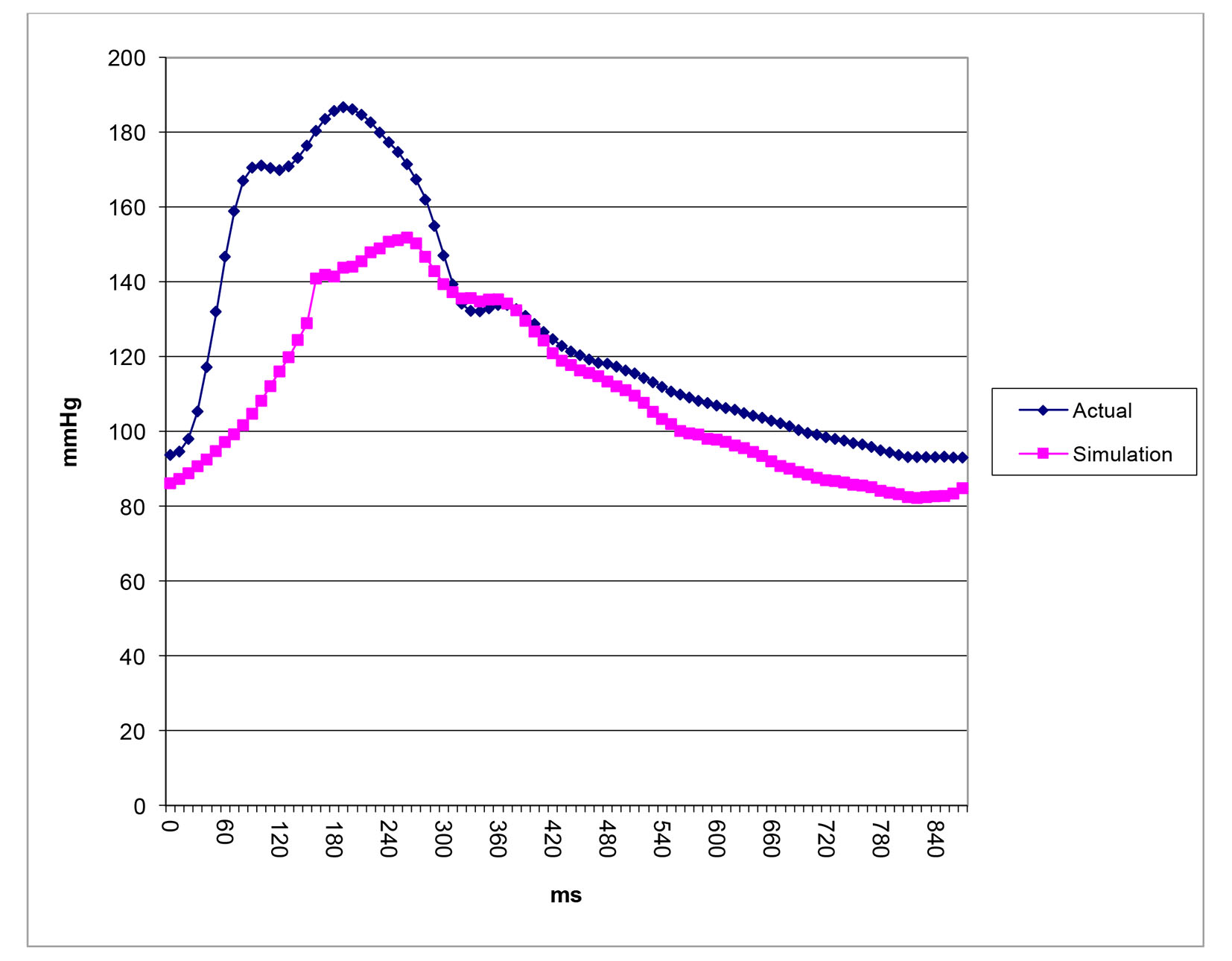
Figure 12. Pressure waveforms: catheter-transducer vs. simulation for patient 2.
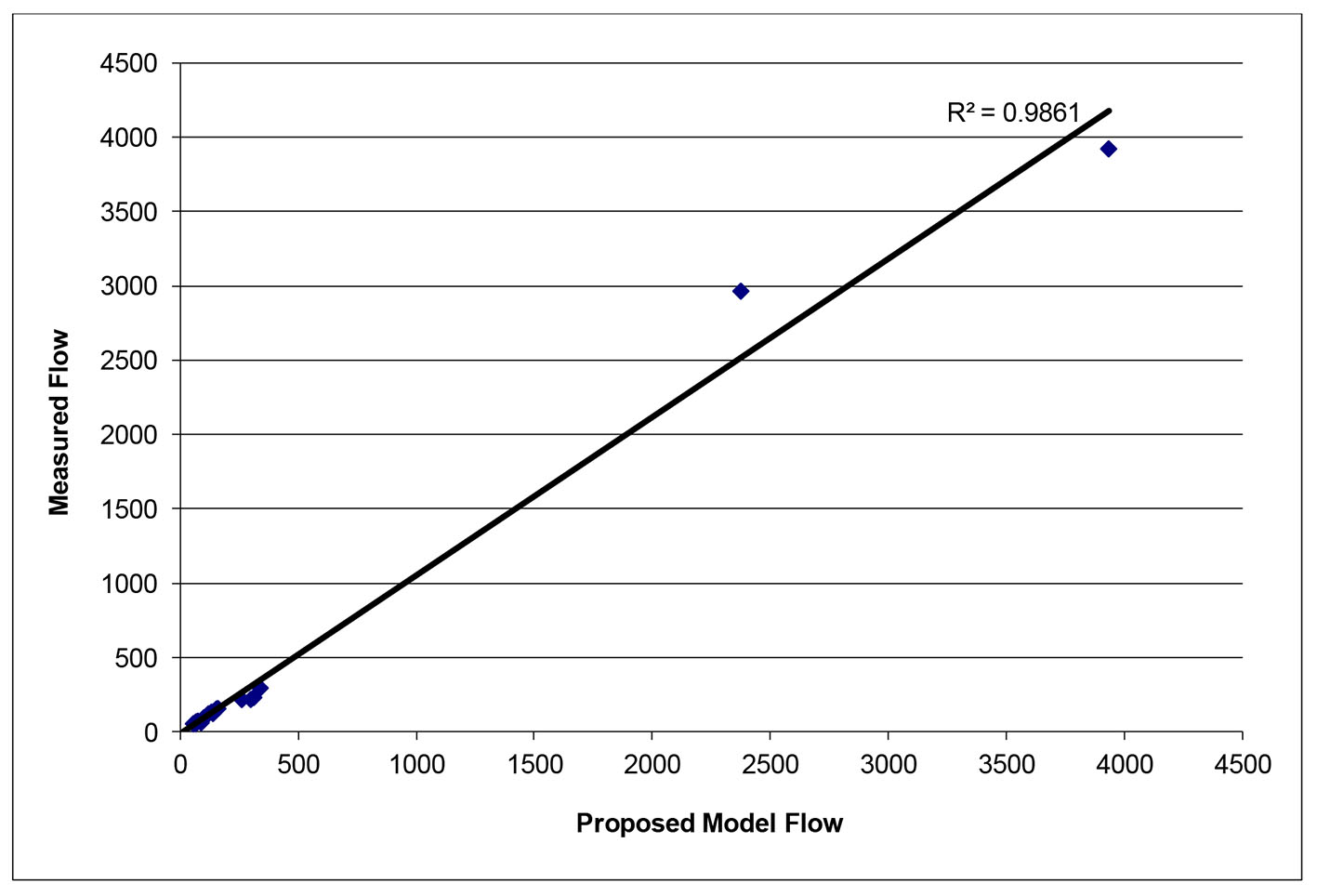
Figure 13. Vessel flows measured by qMRA vs. proposed model at baseline for patient 1.

Figure 14. Vessel flows measured by qMRA vs. proposed model at baseline for patient 2.
Tables
Table 1. Primary and Secondary Vessels and Sector Flow of Enhanced Sector Model
| Sector | Primary | Secondary | Sector flow |
|---|
| LEC | LECA | LOA | LCCA - LICA |
| REC | RECA | ROA | RCCA - RICA |
| B | BA, RPCA P2, LPCA P2 | | BA - LPCA P2 - RPCA P2 |
| V | LVA, RVA, BA | | LVA + RVA -BA |
| LMC | LMCA M1 | Anastomose between LMC and LAC Anastomose between LMC and LPC | LMCA M1 |
| RMC | RMCA M1 | Anastomose between RMC and RAC Anastomose between RMC and RPC | RMCA M1 |
| LAC | LACA A2 | Anastomose between LAC and LMC | LACA A2 |
| RAC | RACA A2 | Anastomose between RAC and RMC | RACA A2 |
| LPC | LPCA P2 | Anastomose between LPC and LMC | LPCA P2 |
| RPC | RPCA P2 | Anastomose between RPC and RMC | RPCA P2 |
| LSUB | LSA | | LSA |
| RSUB | RSA | | RSA |
| ABD | DA | | DA |
Table 2. Nominal Values of Stiffness in Major Arteries
| Artery | Stiffness | Artery | Stiffness | Artery | Stiffness |
|---|
| RCCA | 5.25 | LCCA | 5.25 | ACOM | 11.15 |
| RICA | 11.15 | LICA | 11.15 | AA | 1.969 |
| RVA | 7.58 | LVA | 7.58 | BA | 15.82 |
| RMCA-M1 | 15.82 | LMCA-M1 | 15.82 | DA | 1.969 |
| RACA-A1 | 11.15 | LACA-A1 | 11.15 | LSUB | 15.75 |
| RACA-A2 | 15.82 | LACA-A2 | 15.82 | RSUB | 15.75 |
| RPCA-P2 | 15.82 | LPCA-P2 | 15.82 | LPCOM | 15.82 |
| RPCA-P1 | 15.82 | LPCA-P1 | 15.82 | RPCOM | 15.82 |
| RACA-A3 | 15.82 | LACA-A3 | 15.82 | | |
| RPCA-P3 | 15.82 | LPCA-P3 | 15.82 | | |
Table 3. Diameters (cm) and Flows (mL/min) of Major Arteries Measured by qMRA for Patient 1
| Artery | Diameter | Flow | Artery | Diameter | Flow |
|---|
| LCCA | 5.8 | 339 | RCCA | 5.3 | 312 |
| LICA | 4.6 | 261 | RICA | 4.9 | 299 |
| LVA | 3.8 | 100 | RVA | 3.3 | 66 |
| LMCA-M1 | 3.3 | 154 | RMCA-M1 | 2.6 | 133 |
| LACA-A1 | 2.7 | 89 | RACA-A1 | 2.5 | 75 |
| LACA-A2 | 2.4 | 69 | RACA-A2 | 2.4 | 67 |
| LPCA-P2 | 2 | 56 | RPCA-P2 | 2.5 | 68 |
| LPCOM | 0 | N/A | RPCOM | 1.3 | -8 |
| BA | 3.3 | 139 | ACOM | 1.4 | N/A |
| AA | 26.6 | 3,935 | DA | 18.8 | 2,376 |
| LSUB | 4 | 120 | RSUB | 4 | 160 |
Table 4. Diameters (cm) and Flows (mL/min) of Major Arteries Measured by qMRA for Patient 2
| Artery | Diameter | Flow | Artery | Diameter | Flow |
|---|
| LCCA | 6.8 | 340 | RCCA | 6.9 | 428 |
| LICA | 5.1 | 217 | RICA | 5.2 | 286 |
| LVA | 4.5 | 105 | RVA | 4.2 | 102 |
| LMCA-M1 | 2.9 | 137 | RMCA-M1 | 3.2 | 120 |
| LACA-A1 | 0.9 | 40 | RACA-A1 | 2.5 | 113 |
| LACA-A2 | 2.3 | 66 | RACA-A2 | 2.4 | 80 |
| LPCA-P2 | 2.6 | 60 | RPCA-P2 | 2.7 | 54 |
| LPCOM | 0 | N/A | RPCOM | 1.5 | -5 |
| BA | 4.2 | 170 | ACOM | 2.1 | N/A |
| AA | 32.6 | 4,298 | DA | 26 | 1,587 |
| LSUB | 6.6 | 204 | RSUB | 8.9 | 245 |
Table 5. Sector Flows (mL/min) Between Measurement From qMRA and Proposed Model for Patient 1
| Sector | qMRA | Proposed | Change % | Sector | qMRA | Proposed | Change % |
|---|
| RMC | 144 | 143 | 0% | LMC | 167 | 166 | 0% |
| REC | 14 | 14 | 0% | LEC | 84 | 84 | 0% |
| RAC | 73 | 74 | -1% | LAC | 75 | 75 | -1% |
| RPC | 74 | 72 | 3% | LPC | 61 | 61 | 0% |
| V | 29 | 28 | 3% | B | 16 | 16 | -1% |
| RSUB | 173 | 177 | -2% | LSUB | 130 | 129 | 1% |
| ABD | 2,572* | 2,497 | 3% | | | | |
Table 6. Sector Flows (mL/min) Between Measurement From qMRA and Proposed Model for Patient 2
| Sector | qMRA | Proposed | Change % | Sector | qMRA | Proposed | Change % |
|---|
| LMC | 137 | 138 | -1% | RMC | 120 | 117 | 3% |
| LEC | 123 | 124 | 0% | REC | 142 | 139 | 2% |
| LAC | 66 | 64 | 3% | RAC | 80 | 81 | -1% |
| LPC | 60 | 60 | -1% | RPC | 54 | 53 | 1% |
| B | 56 | 55 | 1% | V | 37 | 36 | 2% |
| LSUB | 204 | 206 | -1% | RSUB | 245 | 246 | -1% |
| ABD | 2,974* | 2,937 | 1% | | | | |
Table 7. The Balloon Occlusion Simulation for Patient 1 and Patient 2
| Patient 1 | Patient 2 |
|---|
| Ipsilat | Contralat | Ipsilat | Contralat |
|---|
| Flow | Pressure | Flow | Pressure | Flow | Pressure | Flow | Pressure |
|---|
| Baseline | | | | | | | | |
| MCA-M1 | 155 | 81 | 134 | 81 | 138 | 109 | 117 | 108 |
| ACA-A3 | 68 | 76 | 67 | 76 | 64 | 101 | 81 | 101 |
| PCA-P2 | 55 | 77 | 67 | 78 | 60 | 107 | 53 | 107 |
| Occlusion | | | | | | | | |
| MCA-M1 | 143 | 75 | 129 | 78 | 76 | 65 | 116 | 108 |
| ACA-A3 | 64 | 72 | 63 | 72 | 63 | 100 | 80 | 100 |
| PCA-P2 | 55 | 77 | 66 | 78 | 60 | 107 | 53 | 107 |
| Change % | | | | | | | | |
| MCA-M1 | -8% | -7% | -3% | -3% | -45% | -40% | -1% | 0% |
| ACA-A3 | -6% | -5% | -6% | -5% | -2% | -1% | -1% | -1% |
| PCA-P2 | -1% | 0% | -1% | -1% | 0% | 0% | 0% | 0% |













